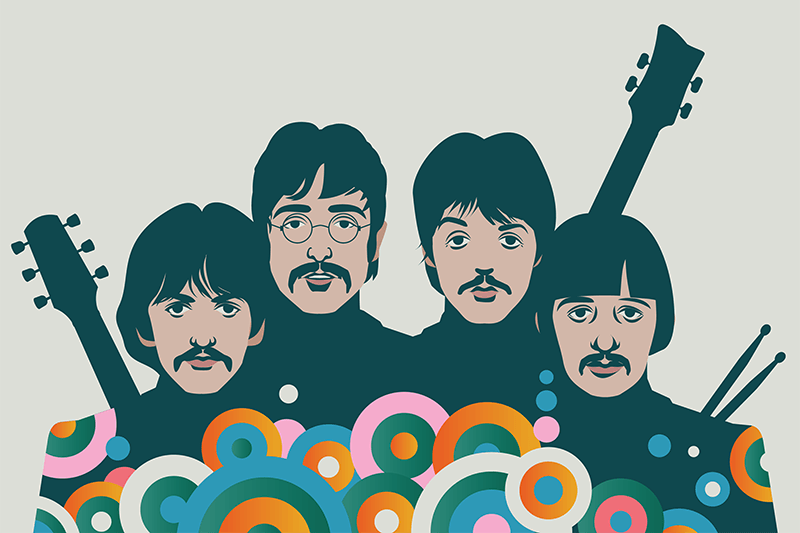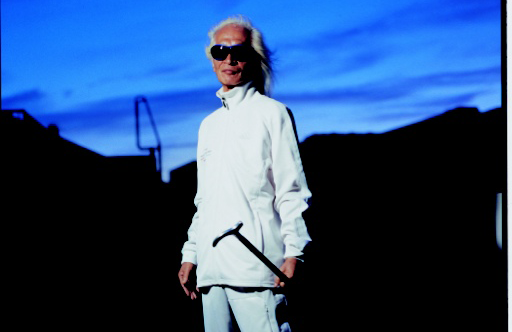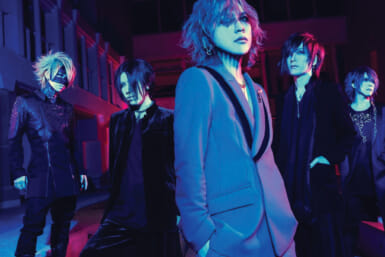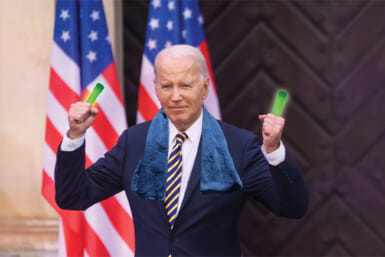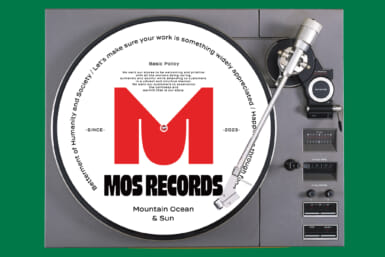It was supposed to be a sacred place kept for Japanese martial arts like judo, kendo and karate. then four musicians from Liverpool turned up and transformed everything. Fifty years after the Fab Four’s controversial show at the Nippon Budokan, Weekender chats with two artists who supported the band during the tour.
On June 30, 1966, the Beatles played their first ever live show in Japan. The band’s only ever tour of the country included five 30-minute sets over three days, all of which took place at the Nippon Budokan. Located between Yasukuni Shrine and the Imperial Palace, it had been built two years earlier in time to host the judo competition at the Tokyo Olympics and was deemed the only indoor venue large enough to accommodate the world’s most famous pop group.
In the 50 years since it has established itself as the premier concert hall in the country with many artists, including the likes of Bob Dylan, Frank Sinatra and Eric Clapton, recording live albums there. Without the Beatles, though, that may not have been possible. Back in 1966 many people were vehemently opposed to the idea of Western musicians performing at such an esteemed venue. Fearing a violent backlash the government deployed 35,000 police officers to patrol the streets. Eccentric rock star Yuya Uchida – one of the warm-up acts during the tour – recalls the atmosphere leading up to the first show.
“It was crazy,” he tells us. “You had all these right-wing people protesting and yelling from their cars. Personally I thought it was exciting. I mean it’s better than everyone being calm and boring. At that time you had great jazz artists such as Nat King Cole and Frank Sinatra, but rock was completely new. The existence of the Beatles was both revolutionary and shocking.”
“You had all these right-wing people protesting and yelling from their cars. I thought it was exciting.”
It was all too much for Prime Minister Eisaku Sato and Budokan President Matsutaro Shoriki who felt the shows would be “inappropriate” and led calls for them to be cancelled. However, as the contract had already been signed it was too late; the Fab Four would be coming regardless. They arrived at Haneda airport at 3:40am on the 30th after a typhoon delayed them by more than 10 hours. Despite the time, around 1,500 people were said to be waiting in the arrivals lounge hoping to get a glimpse of their idols.
A peek was all the fans were afforded, though. After exiting the plane wearing JAL-sponsored happi coats (that flight attendant Satoko Kawasaki suggested they put on), John, Paul, George and Ringo were diverted to the VIP area where they were informed about threats that had been made against them by student groups. They were then quickly whisked away in run-down limousines to the Tokyo Hilton hotel.
This was effectively their “luxurious prison” for the next few days. All the rooms nearby were occupied by police officers and the four Liverpudlians were under strict instructions not to leave their presidential suite unless instructed to do so. Paul McCartney managed to persuade a plainclothes police officer to escort him to Meiji Shrine and the Imperial Palace, but was soon spotted and quickly escorted into the car back to the hotel. John Lennon allegedly swapped ID badges with a photographer and headed to Omotesando where he bought some gifts at the renowned Oriental Bazaar shop.
With manager Brian Epstein forced to apologize and promise that they wouldn’t do it again, the Beatles had little choice: they’d have to stay in their rooms. Several merchants dropped by to sell them expensive goods, but apart from that there was little else to do so they spent much of the time painting. The canvas they created, which became known as “Images of a Woman,” is the only known artwork signed by all four members and sold for $155,250 at an auction in 2012.
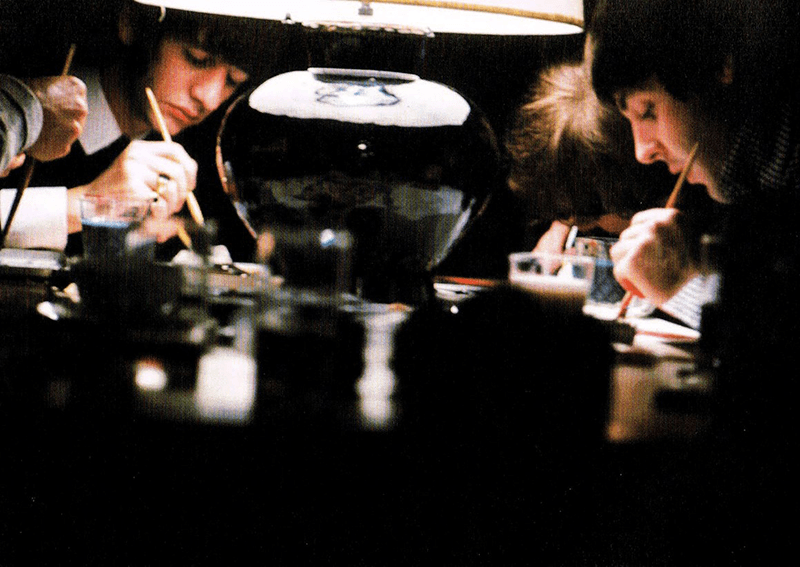
The Beatles at work on “Images of a Woman” (Photo: www.beatlesbible.com)
Photographer Robert Whitaker, who chronicled the tour, said he’d “never seen them calmer, more contented than at this time. They’d stop, go and do a concert, and then it was ‘Let’s go back to the picture!’” Epstein’s personal assistant Peter Brown remembered things a little differently. Quoted in Bob Spitz’s book “The Beatles: The Biography” he said, “It was their first time in the Far East and they were looking forward to going out. They resented being cooped up like caged animals. It was more difficult than usual.”
At the Budokan the security was even tighter. For every 10 spectators there were around three police officers. Fans were warned not to shout or scream. It was so quiet the Beatles could even hear themselves play (they apparently didn’t like what they heard). According to Yuya Uchida it wasn’t the audience’s lack of enthusiasm that drowned out the atmosphere, but the distance between the crowd and the stage.
“There were cheers, but the band probably couldn’t hear them because they were so far away,” he says. “The arena seats were cut off so everyone was either on the second or third floor and there were cops everywhere. It was quite a strange situation – like something out of ‘A Clockwork Orange.’ After doing my bit [a cover of the Animals track “We Gotta Get Out of This Place”] I was then allowed to sit right in front of the stage to watch them. It felt like a private performance.”
The 11-song set list by the Beatles was the same for all five shows, featuring classics like “Yesterday” and “Day Tripper.” Sat alongside Uchida for each one was Isao Bito, an emerging singer in Japan who was also chosen as a support act for the tour.
“I was shivering heavily before playing,” Bito tells Weekender. “I’d never performed in front of more than 3,000 people before, so it was a real privilege to be a part of it all. Watching the Beatles up so close made it even more special. Being an Elvis Presley fan, I saw them as a bit soft, like a group of honor students. That was until I saw them live; they looked like monsters up on that stage.”
Bito tried to pass the band a present after one of the shows, but was quickly thwarted by security. Getting close to the Beatles was an almost impossible task; however, Uchida did manage to strike up a friendship with John Lennon seven years later.
“I got chatting to Yoko Ono in Dakota and then he just appeared wearing a dirty T-shirt and those hippy glasses,” says the 76-year-old. “After that we often went out for dinner together. I’d usually get drunk, but he wouldn’t drink much. He was always very kind, calm and cool.”
Of course by that stage the Beatles had already disbanded. After the Tokyo shows they went to the Philippines where the group unintentionally snubbed a breakfast invitation from the nation’s First Lady, Imelda Marcos, and were subsequently attacked by angry mobs. They then received death threats in America from religious groups who were infuriated by John Lennon’s claim earlier in the year that the Beatles were “more popular than Jesus.”
Growing increasingly frustrated with life on the road they decided the world tour of 1966 was to be their last. Despite producing a number of successful albums after that, it was effectively the beginning of the end for the band. Their official breakup was announced on April 10, 1970.
As for Isao Bito, he switched his focus towards acting from the Seventies onwards. His most recent movie, “Something Like, Something Like It,” is a sequel to the 1981 comedy “Something Like,” which he starred in. Yuya Uchida has also appeared in a number of films, most notably Ridley Scott’s “Black Rain” and “Merry Christmas, Mr Lawrence,” alongside David Bowie. His greatest achievement in music is surely the World Rock Festival that he’s been producing for more than 40 years. His finest moment, however, arguably came half a century ago at the Nippon Budokan.
“When I say I supported the Beatles people still get so excited,” he says. “That’s the impact they continue to have on the public. I remember as I watched them in 1966 I thought to myself, ‘These four guys are going to change the world,’ and in many ways they have.”

